
Earl Rudolph "Bud" Powell was an American jazz pianist and composer. A pioneer in the development of bebop and its associated contributions to jazz theory, Powell's application of complex phrasing to the piano influenced both his contemporaries and later pianists including Walter Davis, Jr., Toshiko Akiyoshi, and Barry Harris.

Coleman Randolph Hawkins, nicknamed "Hawk" and sometimes "Bean", was an American jazz tenor saxophonist. One of the first prominent jazz musicians on his instrument, as Joachim E. Berendt explained: "there were some tenor players before him, but the instrument was not an acknowledged jazz horn". Hawkins biographer John Chilton described the prevalent styles of tenor saxophone solos prior to Hawkins as "mooing" and "rubbery belches". Hawkins denied being first and noted his contemporaries Happy Caldwell, Stump Evans, and Prince Robinson, although he was the first to tailor his method of improvisation to the saxophone rather than imitate the techniques of the clarinet. Hawkins' virtuosic, arpeggiated approach to improvisation, with his characteristic rich, emotional, and vibrato-laden tonal style, was the main influence on a generation of tenor players that included Chu Berry, Charlie Barnet, Tex Beneke, Ben Webster, Vido Musso, Herschel Evans, Buddy Tate, and Don Byas, and through them the later tenormen, Arnett Cobb, Illinois Jacquet, Flip Phillips, Ike Quebec, Al Sears, Paul Gonsalves, and Lucky Thompson. While Hawkins became known with swing music during the big band era, he had a role in the development of bebop in the 1940s.

Oscar Pettiford was an American jazz double bassist, cellist and composer. He was one of the earliest musicians to work in the bebop idiom.

Arthur S. Taylor Jr. was an American jazz drummer, who "helped define the sound of modern jazz drumming".

Miles Davis and the Modern Jazz Giants is an album by Miles Davis, released on Prestige Records in 1959. Most of the material comes from a session on December 24, 1954, featuring Thelonious Monk and Milt Jackson, and had been previously released in the discontinued ten inch LP format. "Swing Spring" was originally released on the 10"LP Miles Davis All Stars, Volume 1, and "Bemsha Swing" and "The Man I Love" had been previously released on Volume 2. "'Round Midnight" is newly released, and comes from the same sessions by Davis's new quintet in 1956 which resulted in Steamin' with the Miles Davis Quintet and three other albums to fulfill Davis's contract with Prestige.
Bernard "Barney" Jean Wilen was a French tenor and soprano saxophonist and jazz composer.
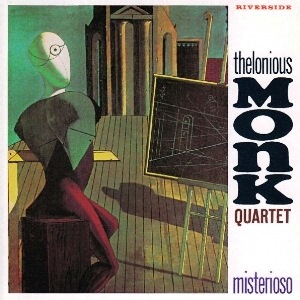
Misterioso is a 1958 live album by American jazz ensemble the Thelonious Monk Quartet. By the time of its recording, the pianist and bandleader Thelonious Monk had overcome an extended period of career difficulties and achieved stardom with his residency at New York's Five Spot Café, beginning in 1957. He returned there the following year for a second stint with his quartet, featuring drummer Roy Haynes, bassist Ahmed Abdul-Malik, and tenor saxophonist Johnny Griffin. Along with Thelonious in Action (1958), Misterioso captures portions of the ensemble's August 7 show at the venue.
John Ore was an American jazz bassist.
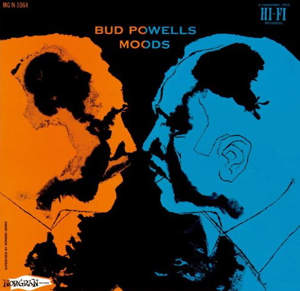
Bud Powell's Moods is a studio album by jazz pianist Bud Powell, released in 1956 by Norgran, featuring sessions that Powell recorded in 1954 and 1955.

Jazz Original, also known as Bud Powell '57, is a studio album by jazz pianist Bud Powell, released in 1955 by Norgran, featuring sessions that Powell recorded at Fine Sound Studios in New York in 1954 and 1955.

Piano Interpretations by Bud Powell is a studio album by jazz pianist Bud Powell, released in 1956 by Norgran, featuring two sessions that Powell recorded at Fine Sound Studios in New York in April 1955.
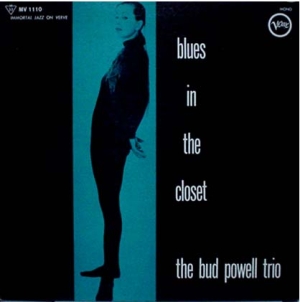
Blues in the Closet is a studio album by the jazz pianist Bud Powell. Released in 1958 by Verve, it contains a session that Powell recorded at Fine Sound Studios in New York in September 1956.
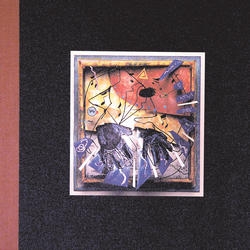
The Complete Bud Powell on Verve is a five-disc box set, released on September 27, 1994, by Verve Records, containing all of jazz pianist Bud Powell's recordings as leader for producer Norman Granz.

A Portrait of Thelonious is a studio album by jazz pianist Bud Powell, released on Columbia in 1965, featuring a session recorded at Studio Charlot in Paris on December 17, 1961, with Pierre Michelot on bass and Kenny Clarke on drums. The session was the second of two produced by Cannonball Adderley with Powell, following the A Tribute to Cannonball session recorded two days earlier.
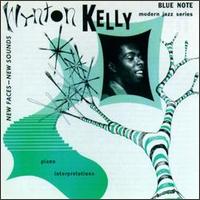
For the album of the same title by Bud Powell, see Piano Interpretations by Bud Powell.
The following is the discography of American jazz pianist and composer Thelonious Monk (1917–1982).

Solo Piano is an album by jazz pianist Tommy Flanagan. It was recorded in 1974 and released in 2005 by Storyville Records.
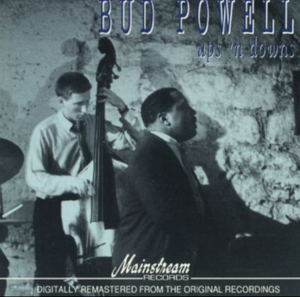
Ups 'n Downs is an album by jazz pianist Bud Powell, and the last recorded album prior to his death. At the time of recording, believed to be 1964 and early 1965, Powell had returned to New York after living in Paris for several years. The album has been noted for its mysterious circumstances and misleading liner notes.
"Mediocre" is a composition written by Bud Powell c. 1955 for his album The Lonely One... which has been noted for its unconventional structure and its combination of stride piano with jarring right-hand interpretation.















